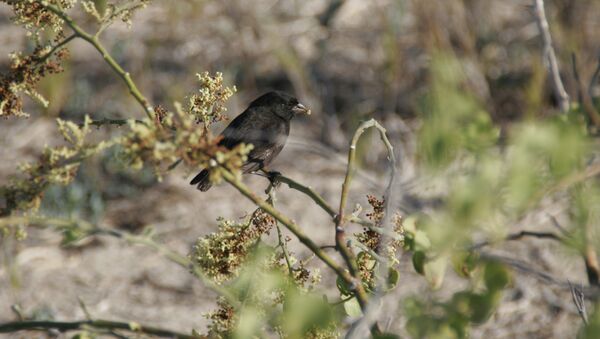On a remote island called Daphne Major in the Galapagos chain, back in 1981, a team of researchers noticed a strange bird that didn’t look like anything typically found on the island. It was larger than and built differently to the few bird species that were already living there, according to a report published in Sciencemag.org.
The bird also sounded different, so it was clear that it wasn’t from Daphne Major, but its origins were unknown. The scientists caught and tested the bird’s blood and to their shock realized that the bird was a hybrid of two different species of birds.
It all started with one brave finch that decided to explore other islands and flew off to find a new mate among the native finch species on Daphne Major. That resulted in offspring that was a mix of two birds. These new unnamed birds were called simply Big Birds because they were larger than the native species.
They did manage to attract each other, and that interbreeding resulted in more and more Big Birds on the island. Today, six generations later, these hybrids are their very own established species.
It was later discovered that the original “lost” male was a cactus finch that had originated from a neighboring island over 60 miles away called Espanola, Sciencemag.org reported.
This incredible case gave scientists insight into how new species can form much faster than was previously imagined.
The assumption that it takes hundreds of generations to create a new species is now debatable, as the ongoing study of the Big Birds has revealed that it takes as little as three generations for an entirely new species to develop.





